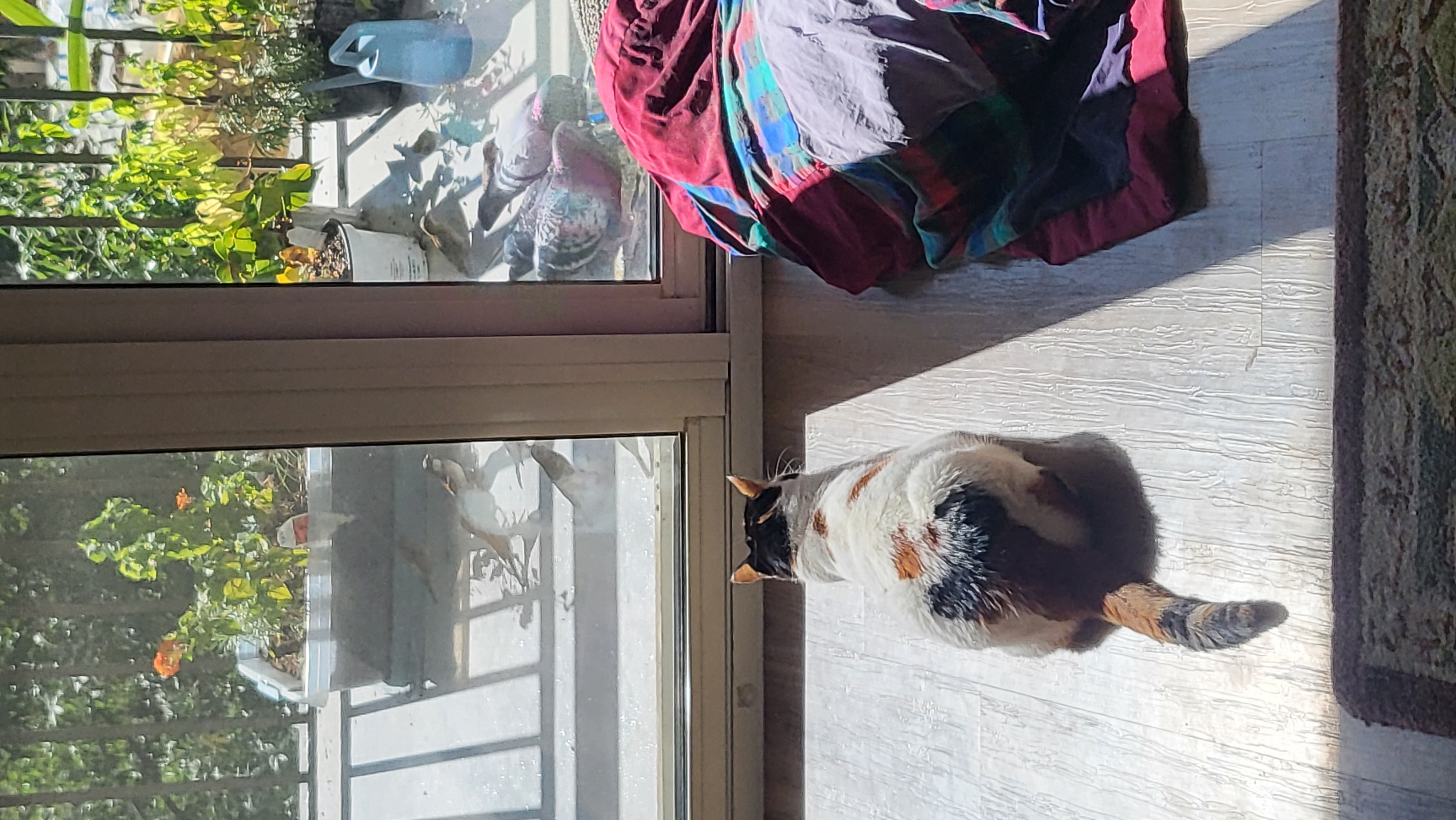NocabSoftware.com
Precise Environmental Recognition and Continuous Habitat-monitoring (PERCH)
TL;DR:
code found here: https://nocabsoftware.com/src/lit_review/AEYE.html
Using two off-the-shelf models from Huggingface, I built a pipeline that counted and classified the types of birds that visited my feeder in a 12 hour period. This demonstrates that, while these models are generally robust with real world data, the more a priori knowledge a developer has about the domain space to allow them to filter, modify, combine or discard results, the better.
Introduction
I recently installed a bird feeder on my apartment's porch. I am not a bird person, I've only learned how to identify a few birds for the Boyscouts years ago, and even that was only the birds local to the other side of the country. I installed the bird feeder, not for myself, but for my cat. She loves to watch the birds, and I'm hoping that it provides her a little entertainment and exercise while I'm away from the house. But because I'm away from the house, it's hard to determine if the bird feeder plan has been successful. I could tell something was showing up and eating the seeds, but I wanted to know more.
So I've set up an automated camera system to take a picture of the bird feeder once every 30 seconds for 24 hours. I wanted to determine:
-
How many birds visit the feeder in 24 hours
-
What types of birds visited
-
Are there any patterns in how/ when they visit?
I collected all these images on Oct 12, 2024 from 9:14am until Oct 13th 9:14am. Some sample images are shown below:
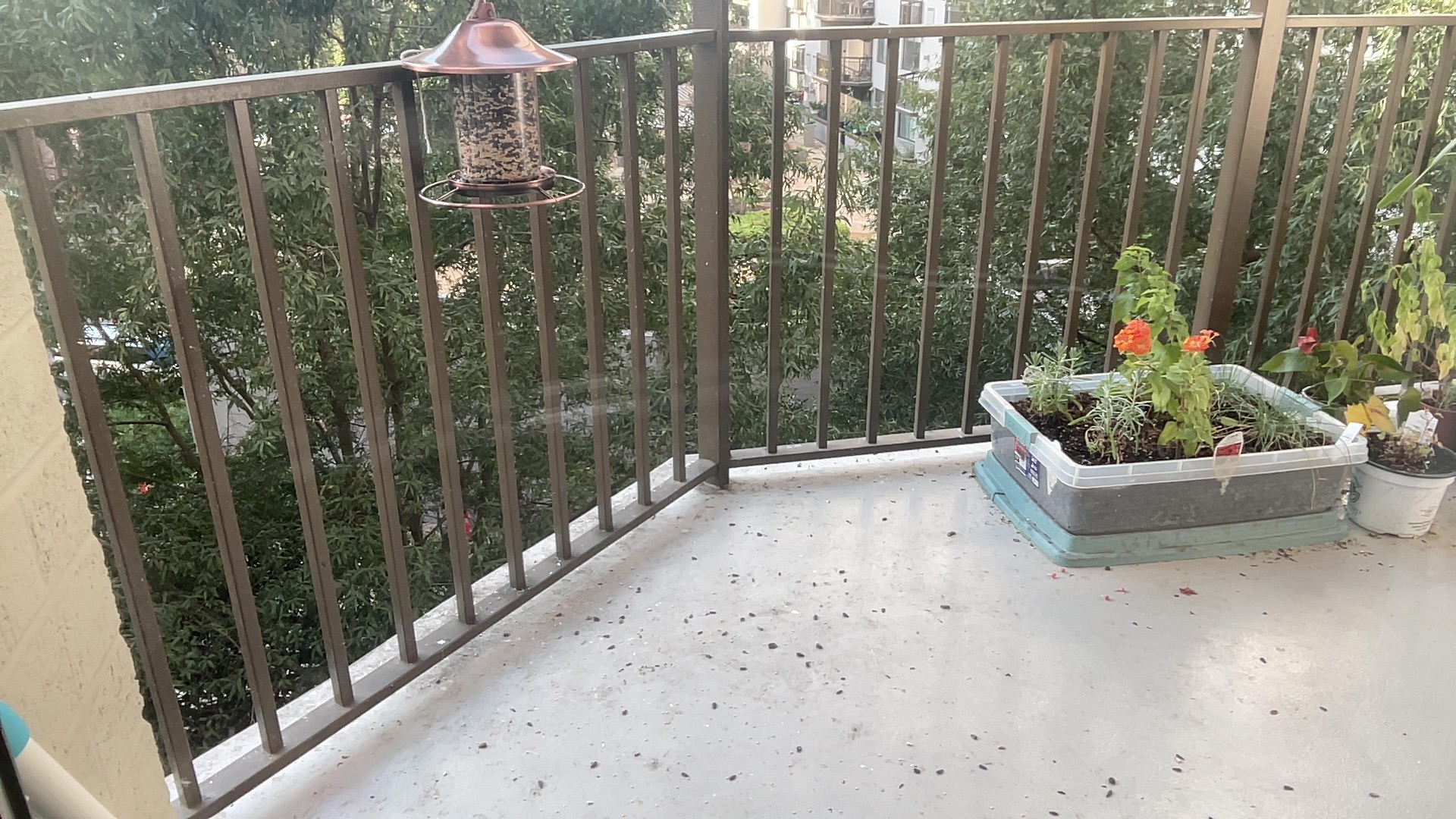
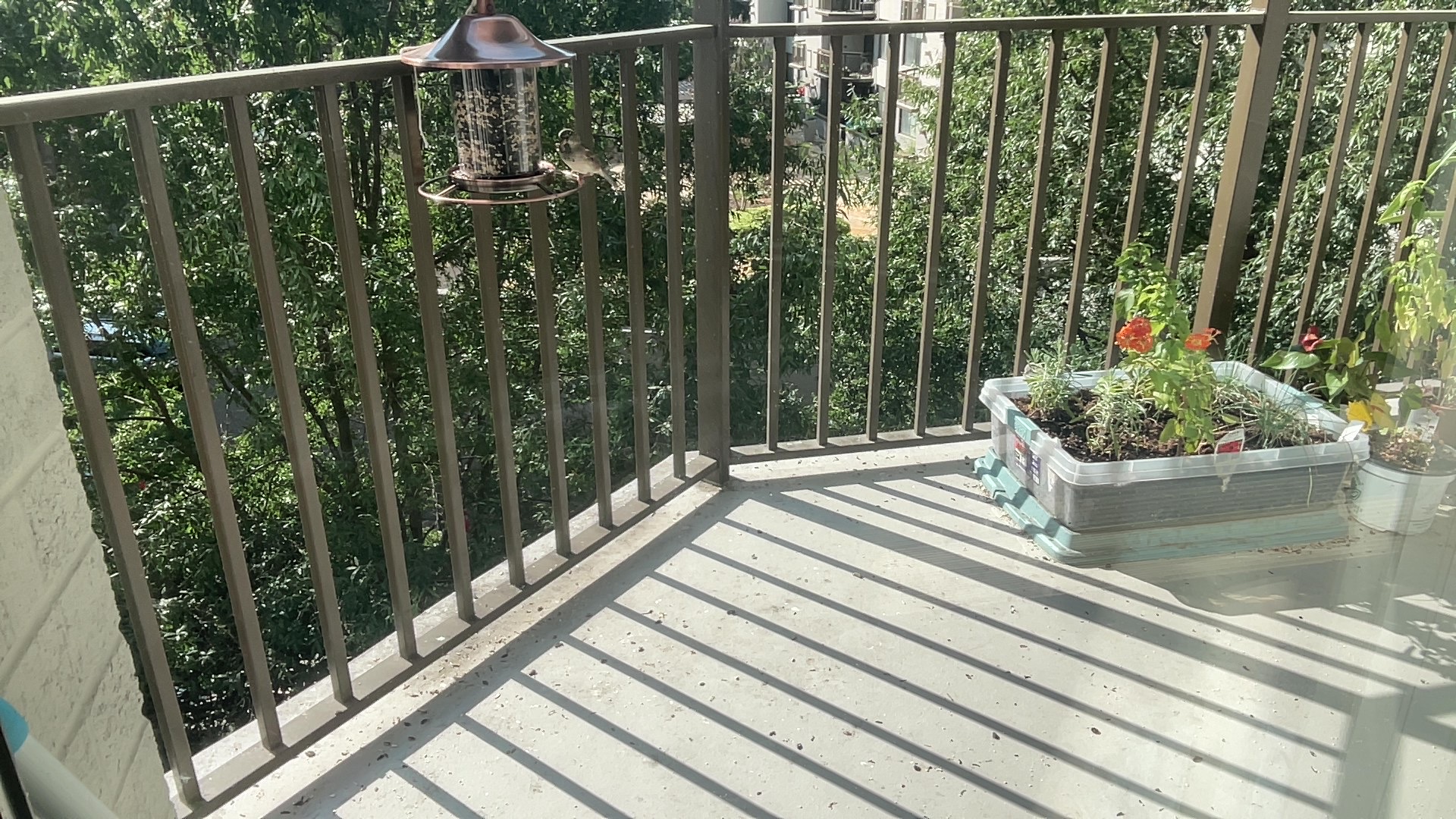
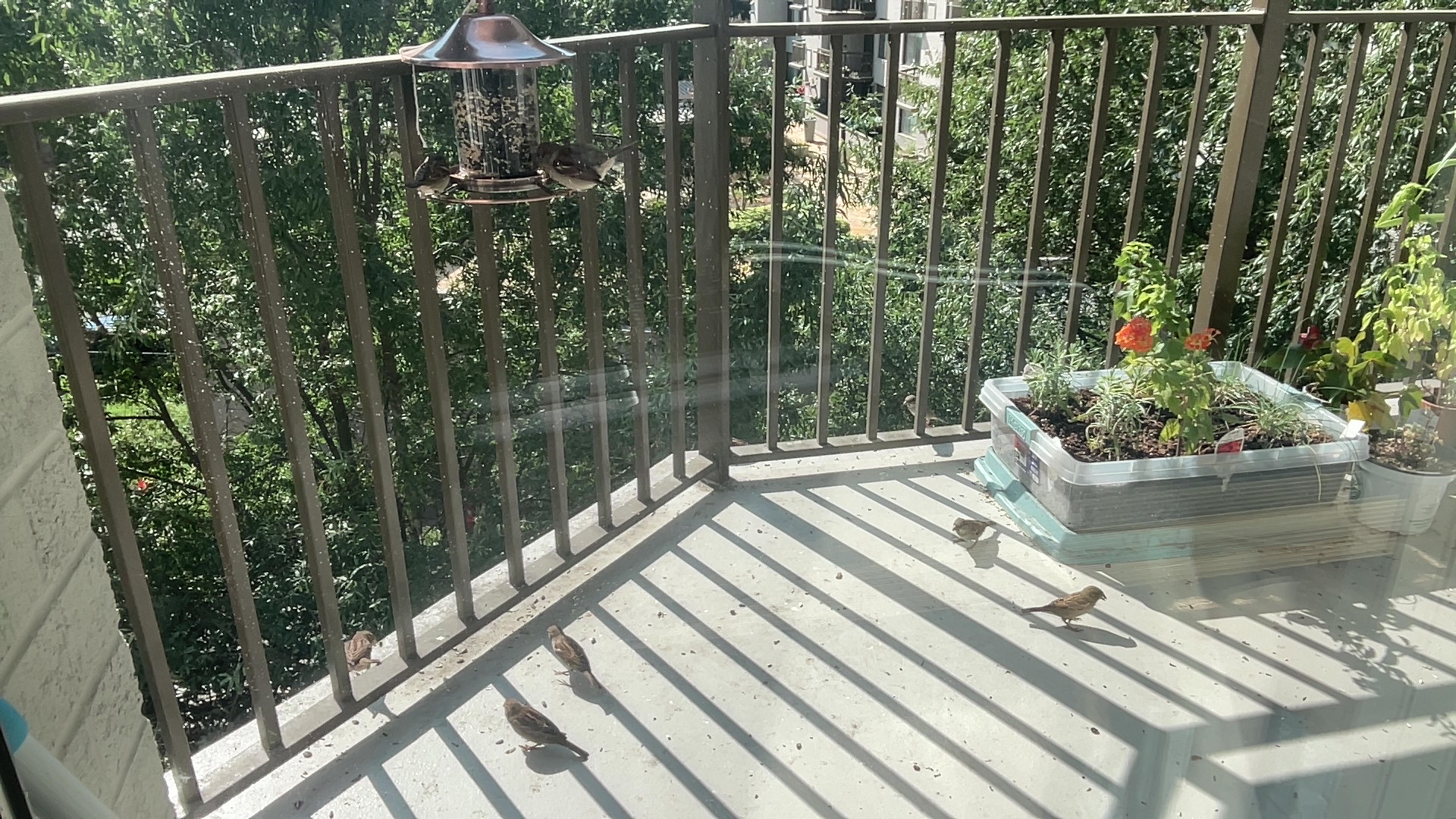
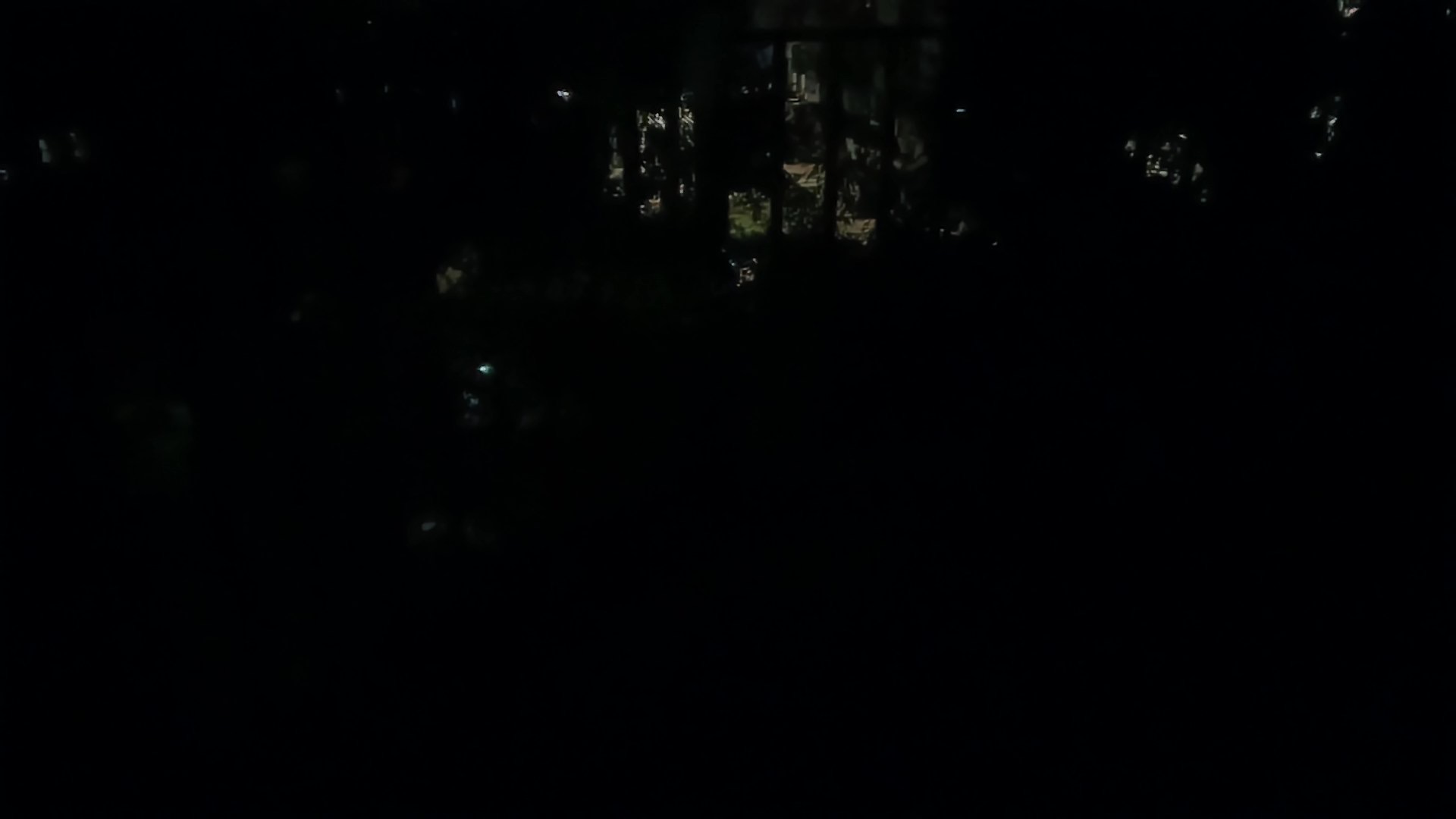
Before I get into discussion about the pipeline and the particulars of the algorithms and models used, I want to consider these pictures first. A few issues immediately jump out to me. Firstly, the night time images are effectively unusable because of how dark they are. I did not set up any consistent minimum lighting, and this also may cause problems with some of the day time pictures. For example, in the middle two images, notice how the railings of my porch cast dark shadowed lines across the white floor. This may act as a bit of camouflage for the birds, confusing or distracting the models that I use. And finally, there is some glare from the sliding door that separates the camera from the outside. This is most clearly visible in the first and third pictures as white horizontal streaks under and to the right of the bird feeder itself.
The only one of these issues that I will address is the dark images, and will manually remove them from the pool of images. This left me 1,460 images for analysis.
For the glare and poor lighting, I intentionally left those issues un-addressed as a way for me to evaluate how effective the publicly available computer vision models are with imperfect 'real world' data.
The Pipeline
Using a series of models available on Huggingface, I built a small image processing and detection pipeline for my personal images. First, using the “DETR (End-to-End Object Detection) model with ResNet-50 backbone” from Facebook (https://huggingface.co/facebook/detr-resnet-50) I generated bounding boxes for each object in the scene. Each box included a label and a confidence score.
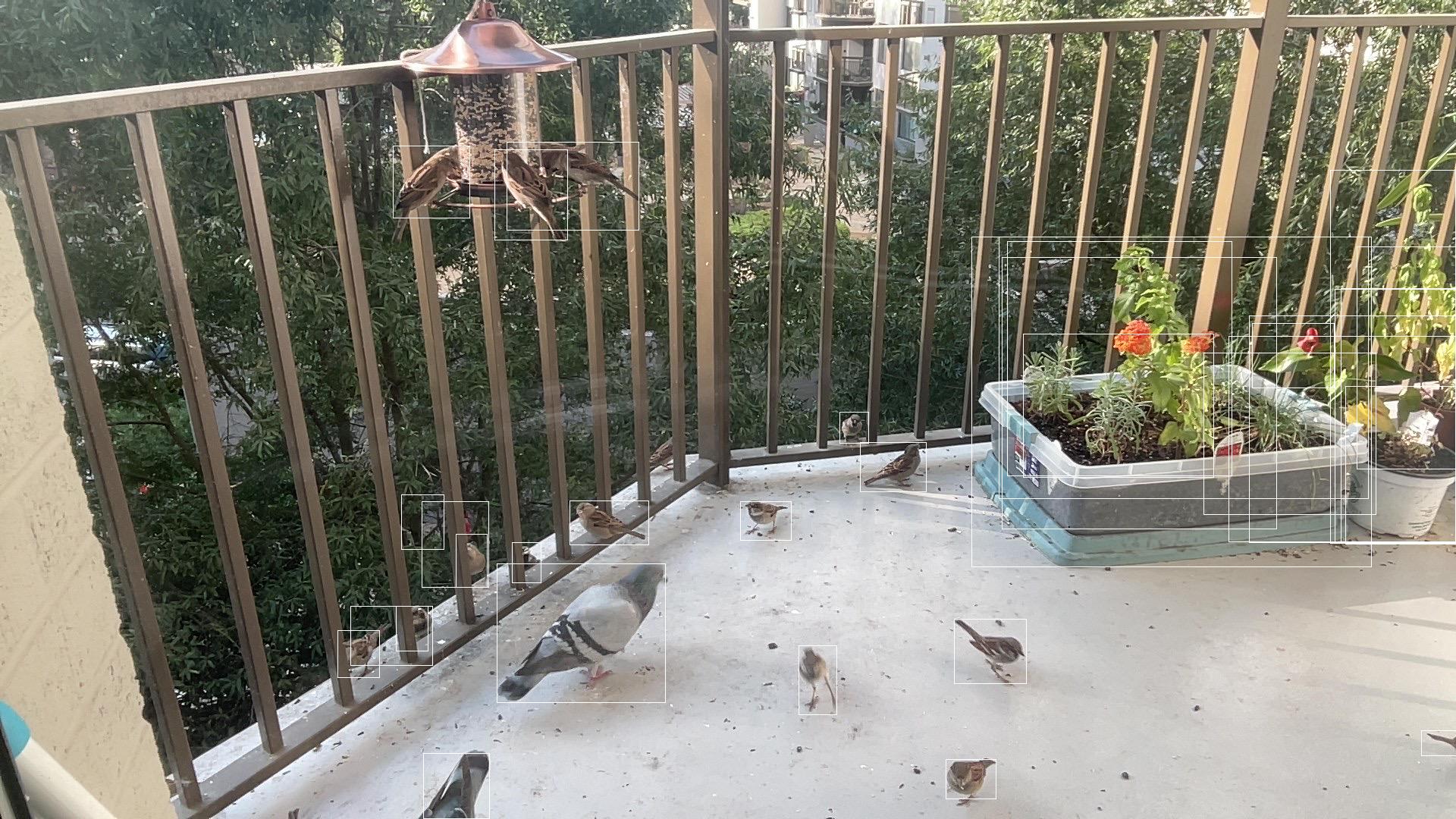
I filtered out all low confidence detections, and all detections that were not in the class label “bird” leaving only "high" confidence boxes for birds.

While the filters I added are somewhat effective, they're not perfect. Notice that one of the flowers is still marked as a 'bird', one bird is boxed twice, and one bird is missed entirely. But the system was good enough to detect even partial tails of birds.
Then, I cut out each box to get a fairly clean picture of just the bird.
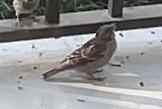
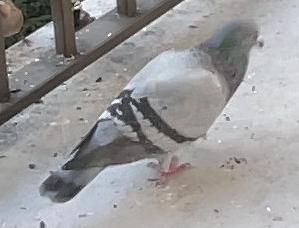
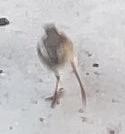
I didn't use the exact bounding box, instead I added some buffer on every edge of the picture. My intention was to keep the target centered in the picture, but also provide some context around the potential bird. Notice, that each cropped picture has a different dimension, and some are quite blurry.
Taking each of these cropped images, I then passed them into a specially trained bird species classifier. I tried three different models, but the one that seemed to work the best was one developed by Agung Bagus (username: gungbgs) https://huggingface.co/gungbgs/bird_species_classifier
This classification model produced a set of 5 predicted labels and the confidence level for each detected "bird" box. Each of the three sample crops' predictions are shown below:



While the results of the first two seem reasonable, the last one presents some issues. I know a priori that this is a type of sparrow, but the image cas captured mid hop causing it to be blurry and appear to have extra long legs. While the predicted labels are reasonable, it is still wrong.
I've included a picture of a Snowy Plover, Red Know and Asian Crested Ibis for comparison:
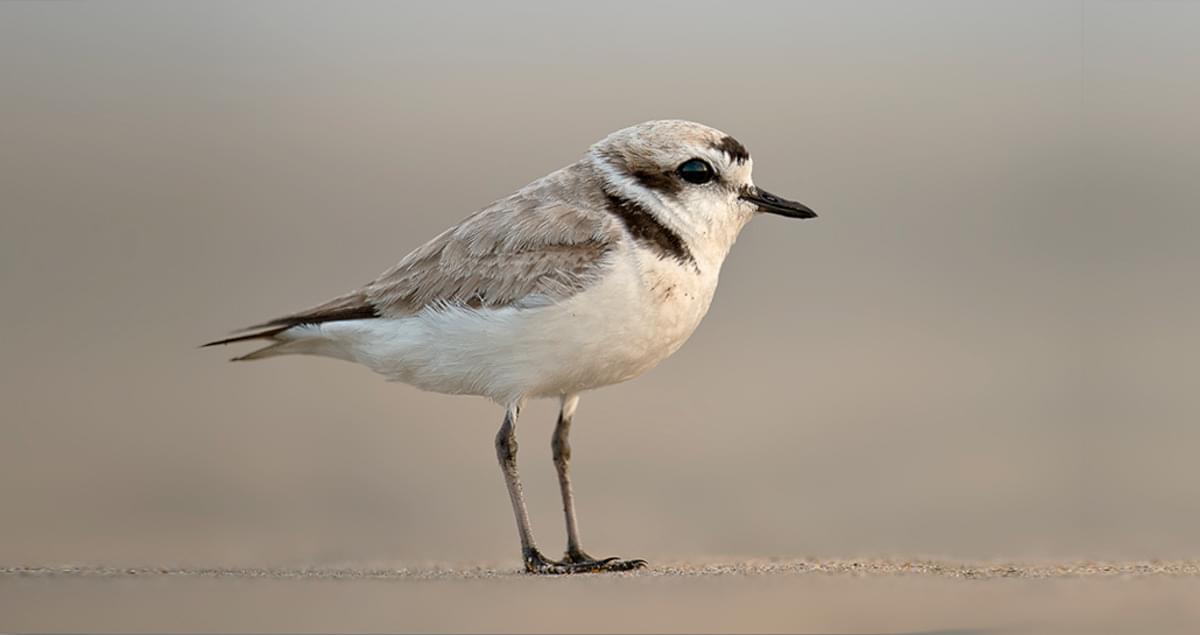

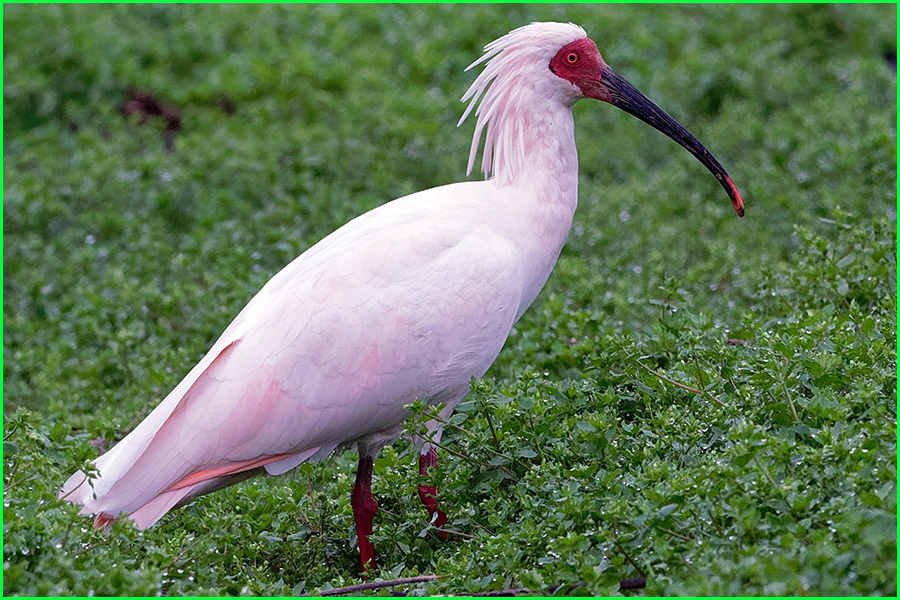
I manually looked through all the bird pictures and identified only four different species of birds that visited:
Pigeons, Sparrows, a dove, and a male and female cardinal.
With this knowledge, I was able to add another filter on the species classification. If one of the 5 provided predictions is for one of these 4 species, then that will be the predicted label for the cropped image. Otherwise, simply “Unknown Bird” is the predicted label.

Results
After running the above pipeline on all the images collected, here are the results:
As much as I wish I had this level of diversity of birds coming to my porch on an average day, I believe there is a lot of misclassification happening. A more accurate mapping may be produced if we merged all the 'sparrows' and 'pigeons' together into their respective groupings. While I'm not a bird expert and I can't determine which of the sparrow classes are truly present, using the most common 'House Sparrow” seems reasonable. Similarly, using the class “Rock Dove” for all the pigeons (despite the name, the Rock Dove is what you probably imagine when you imagine a pigeon). With a little amateur ornithology, I believe that the three remaining Zebra, Mourning and Green Winged Doves should actually be grouped together as 'Mourning Dove'.
The only bird that I believe that the system got correct, or 'Unidentified', is the Northern Cardinal thanks to its distinctive coloring.
Taking this a priori information into account, the new results are as follows:
Answering the Initial Questions
Armed with these results, we can return to the original questions at the top of this post:
1: How many birds visit the feeder in 24 hours
Overall, the system identified about 3,132 birds. These are not unique birds, as some the same bird is likely present in multiple pictures. This, I believe, is a sizable undercount of the true number of birds. While the system did sometimes double count draw multiple identification boxes around the same bird (and therefore inflating the total bird count), or identify a flower as a bird, it also would miss birds. My camera setup also was not able to capture the full range of my porch thereby excluding many birds that came by to perch just out of frame.
2: What types of birds visited
The system was least effective at answering this question. Initially, the system would claim that dozens of different bird species were visiting. However, this was not true in reality. I was required to step in and add more filters, and make reasonable assumptions about the types of birds that visited (sparrows, doves, cardinals, pigeons). I did this with the understanding that many popular classification algorithms are graded on their rank-5 accuracy.
And even then, there were a claimed 11 different species of birds visiting. I, again, stepped in and narrowed that down to only 4 distinct species.
Of all 3,132 birds, over 25% of them were labeled as 'unknown', which is not an amazing statistic, but also not terrible. With hundreds of possible classes of birds, and the issues that come with using real world data, a 75% correctness rate is quite remarkable.
3: Are there any patterns in how/ when they visit?
The 1,460 daytime pictures I have represented 43800 seconds, or just over 12 hours observations. A naive average would say there are about 2 birds per picture. However, many pictures did not contain any birds at all. I modified the code to also mark which frames contained a bird at all, and only 624 pictures included a bird, or less than 50%. Using this, we find that if a bird is present, there will be about 5 birds present. Or another way to say this, birds tend to flock to the bird feeder together at the same time.
Initially, I set up the bird feeder for my cat to find entertainment while I was away. I found that the birds do in fact show up, being present for 5.2 hours out of 12.
So the birds do come by, the next question is: Does my cat notice or enjoy them?
That question will have to be left for a future project.
